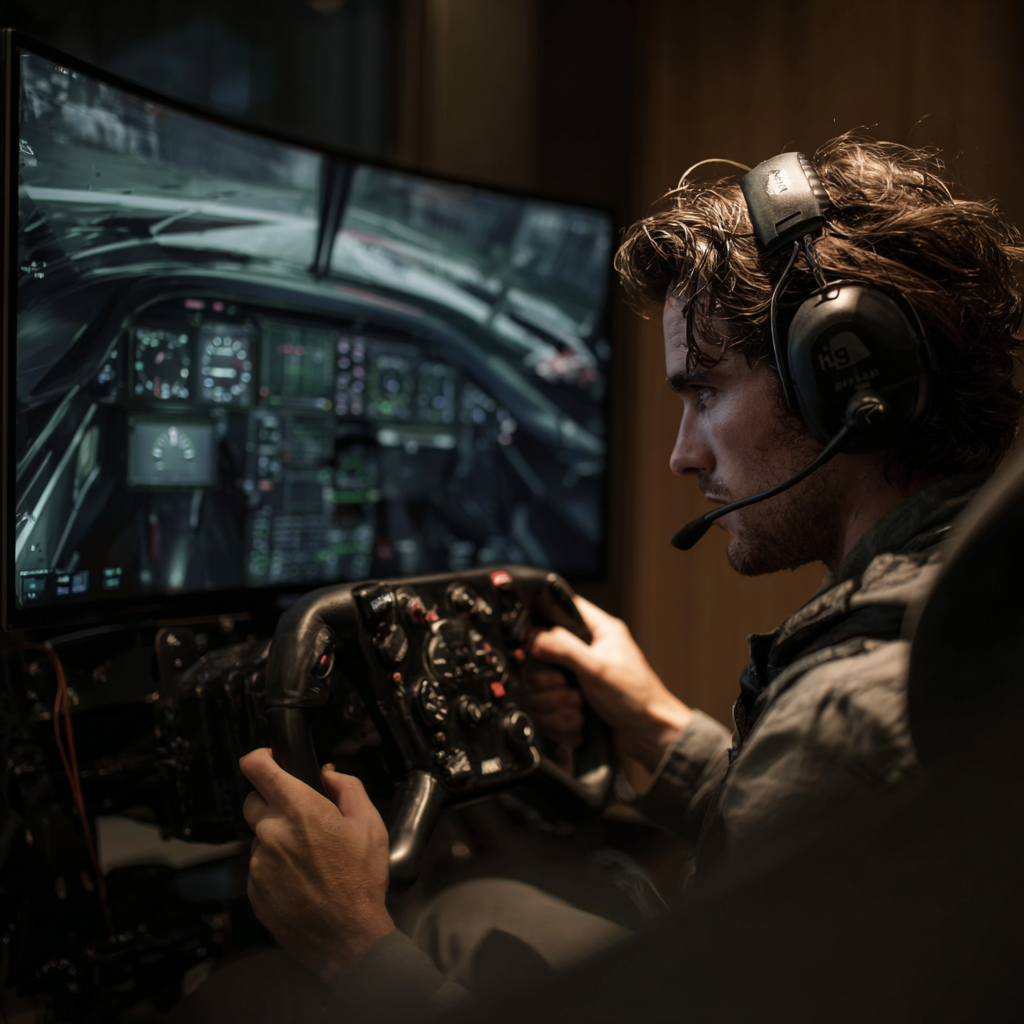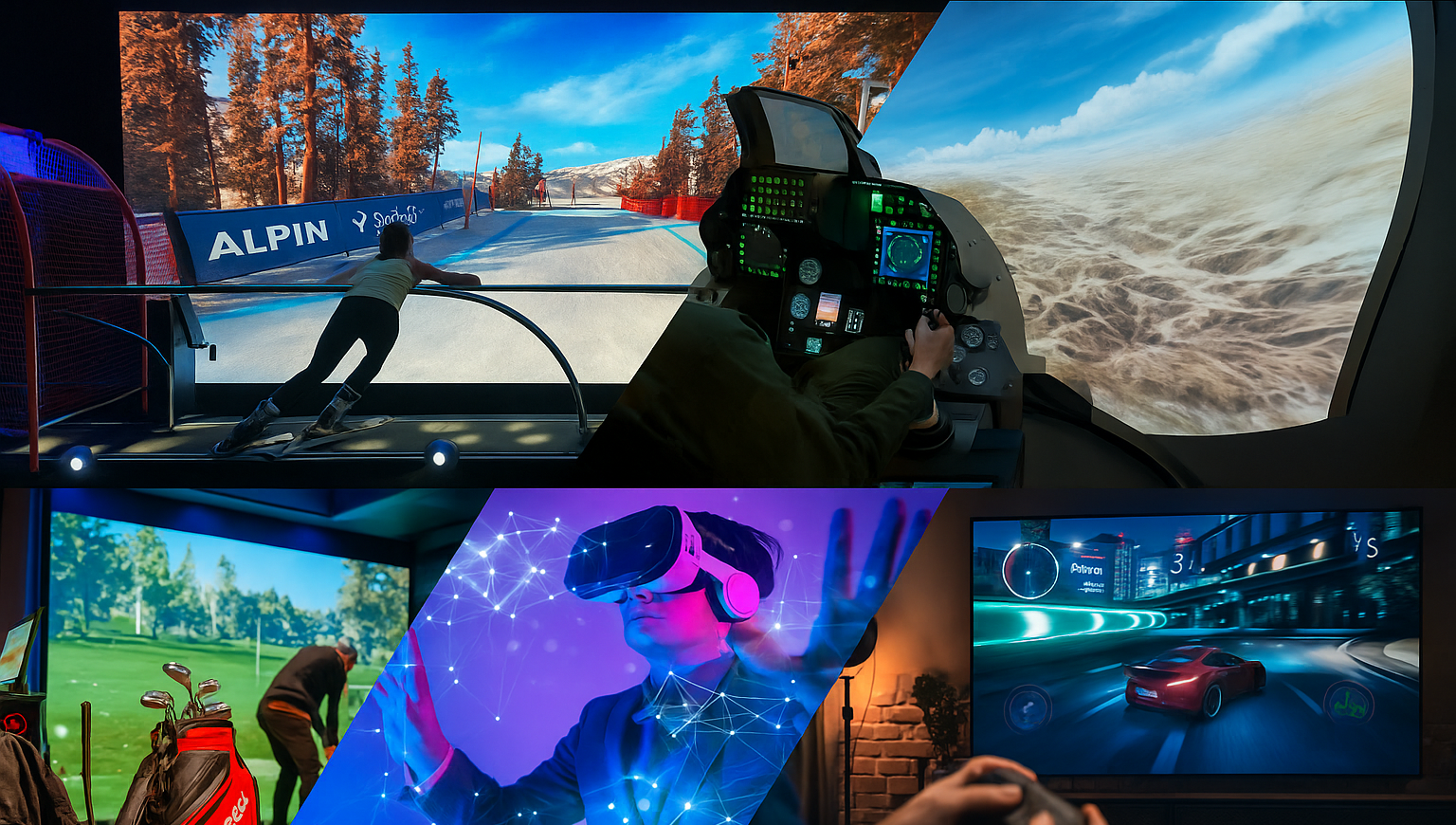What if you could step inside your favorite game, race, or sport—without ever leaving home? The rise of immersive play is making that possible. From racing through Monaco’s Grand Prix circuit to teeing off on Pebble Beach, simulation technology is blurring the lines between reality and play. The future of entertainment is no longer about watching; it’s about experiencing.
A New Era of Play
Simulators were once niche tools, mostly used by pilots and professionals. But in just a decade, they have exploded into mainstream culture. Part of this shift comes from rapid hardware advancements—motion rigs, haptic feedback systems, and ultra-high-definition displays. Together, they create experiences so lifelike that players forget they are indoors. Just as importantly, prices have dropped, making home simulators far more accessible. What was once reserved for elite training is now a part of family game night.
COVID-19 accelerated this trend. With people confined at home, simulators became a way to stay active, social, and entertained. The popularity of indoor golf systems, racing sims, and multisport simulators soared, creating a culture where immersive play isn’t just for tech enthusiasts—it’s for everyone.
Beyond Gaming – Training and Real-Life Application
The value of simulators goes beyond fun. Formula 1 drivers prepare for upcoming races by logging hundreds of hours on digital replicas of real tracks. Professional golfers refine their swings with precision data analysis provided by indoor simulators. Even surgeons and medical students are training with simulation tools to improve performance before stepping into operating rooms.
The common thread? Immersive play is no longer just “play.” It’s a bridge between virtual and real-world skills. Every action in a simulator has feedback—whether it’s a swing path in golf, braking precision in racing, or decision-making under pressure in esports. The result is learning and entertainment rolled into one.
The Social Dimension
The stereotype of gaming as a solitary activity is rapidly dissolving. Simulators are highly social experiences. Whether it’s a group of friends competing in an indoor golf lounge, families challenging each other in multisport games, or global esports competitions, simulation creates community. Many platforms now include live streaming integrations, multiplayer modes, and global leaderboards. That means players can connect with people across the world, experiencing shared thrills in real time.
The Next Five Years of Immersive Play
Experts predict the next wave of immersive play will combine simulators with extended reality. Imagine playing a sport in a motion rig while wearing a VR headset that puts you in a fully immersive 360-degree environment. Or wearing a haptic feedback suit that lets you feel the texture of a racetrack or the impact of a golf ball. Another emerging trend is metaverse integration, where simulators will become portals into social platforms that merge entertainment, fitness, and community.
Closing Thoughts
Immersive play is redefining entertainment, transforming it from something you watch to something you live. With every technological leap, the barrier between virtual and reality shrinks—and the possibilities expand.
👉 Ready to see what immersive play feels like? Explore TruSimPlay’s simulator lineup and bring the future of play into your home today.






Share:
The Rise of Simulators - Racing, Flight & Sports Training
Track Replication Tech in Racing Sims – Why Every Curve Matters